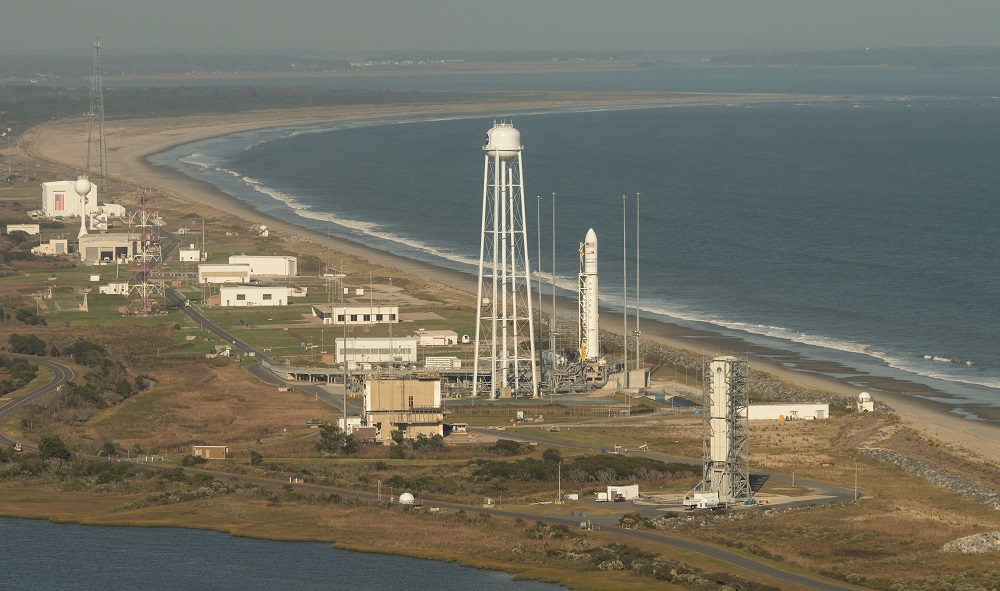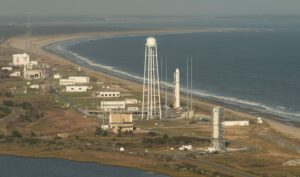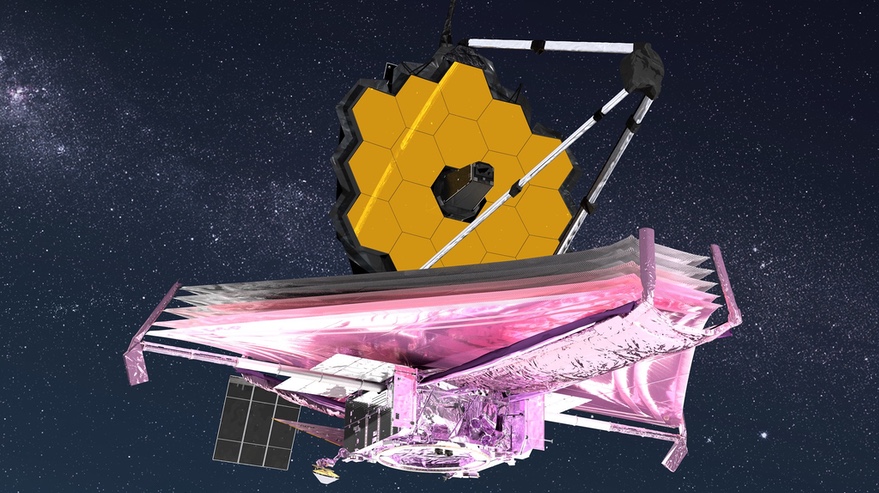New Virginia spaceport head seeks to increase launch activity
The new head of Virginia’s commercial spaceport on Wallops Island says he wants to increase launch activity at the site, while acknowledging that there are limits as to how big it can grow. SpaceNews


WASHINGTON — The new head of Virginia’s commercial spaceport on Wallops Island says he wants to increase launch activity at the site, while acknowledging that there are limits as to how big it can grow.
Virginia Gov. Ralph Northam (D) announced June 10 that Roosevelt “Ted” Mercer Jr., a retired Air Force major general, will be the next chief executive and executive director of the Virginia Commercial Space Flight Authority, which operates the Mid-Atlantic Regional Spaceport (MARS) at Wallops Island. Mercer will take over Aug. 1 when the current head of the authority, Dale Nash, retires.
“Under his leadership, Virginia is poised to maximize the investments we have made in our world-class spaceport and launch into the future as a leader in space exploration, research and commerce,” Northam said of Mercer in a statement.
Mercer held a variety of space-related roles in his 32 years in the Air Force, including commanding the 30th Space Wing at Vandenberg Air Force Base and serving as deputy director of operations for Air Force Space Command. Mercer retired from the Air Force in 2008 and, in 2016, became director of the Interagency Program Office for the Federal Aviation Administration’s NextGen program to modernize management of the national airspace system.
The authority convened a search committee to select Nash’s successor, which led them to Mercer. “This committee has unanimously selected the best candidate possible to take the helm of Virginia Space,” Jeff Bingham, chairman of the board of the authority, said in a briefing. “Our new CEO and executive director is uniquely qualified to ensure that we deliver on our objectives and work to become increasing active and competitive over the next decade.”
MARS hosts only a few orbital launches a year currently. Northrop Grumman conducts an average of two Antares launches a year from Pad 0-A, sending Cygnus cargo spacecraft to the International Space Station. Neighboring Pad 0-B hosts occasional launches of Northrop Grumman Minotaur rockets, including a Minotaur 1 launch of a National Reconnaissance Office mission scheduled for June 15.
Mercer said at the briefing that growing the spaceport’s launch business was a top priority, second only to looking out for the needs of spaceport personnel. “One of the cleanest ways we can begin to grow this business, without doing much in terms of infrastructure, is simply get aggressive about getting out and bringing more customers to our launch port and to our range,” he said.
A big factor in the future of MARS is Rocket Lab. The company built Launch Complex 2, a launchpad for its Electron rocket, next to Pad 0-A. In March, it announced it would launch its new medium-class Neutron rocket from Wallops, using the existing Pad 0-A. That rocket will also be manufactured at a facility to be built nearby.
Getting both Electron and Neutron flying regularly from MARS could dramatically increase launch activity there. Nash noted at the briefing that Electron is designed to launch from Wallops as frequently as once a month, while Neutron will likely launch six to eight times a year. “Between the Northrop Grumman launches and the Rocket Lab launches, we could be easily doing 20, 25 launches a year within a couple of years,” he predicted. “That is a significant cadence.”
However, the introduction of Electron has been delayed because of issues with NASA’s certification of an autonomous flight termination system that Electron, and eventually all other vehicles, will use at the range. Nash suggested the first Electron launch from Wallops, originally scheduled for 2020, could slip to as late as November because of that certification work.
Mercer said he wants to attract additional launch companies to Wallops. “The opportunity to grow in the next one to five years is extraordinary,” he said, citing interest in small satellites from both companies and government organizations like the Pentagon’s Space Development Agency. “I want MARS to be the place of choice for some of these companies that want to get their satellites into orbit.”
MARS will have to complete with other spaceports for that launch business, in particular Florida’s Cape Canaveral Space Force Station and Kennedy Space Center. While Rocket Lab selected Wallops for its launch vehicles, other companies, including Firefly Aerospace and Relativity Space, are establishing launch operations at Cape Canaveral. KSC recently opened a new launch facility, Launch Complex 48, devoted to small launch vehicles.
Mercer suggested he would be open to building additional launch infrastructure at MARS if there is demand for it. “If we want to continue to expand and grow our business, we have to be able to take a look at how we might take a broader range of booster and booster classes,” he said.
Nash said NASA’s master plan for Wallops includes the ability to add two or three more launchpads, which could potentially accommodate larger launch vehicles than Antares and Neutron. Those would be more expensive to build that the existing pads and other infrastructure that he said the state had invested more than $250 million in building.
Mercer, though, said there are limits to how large MARS could grow. “Will we ever become a Cape Canaveral? Probably not,” he said, because of limits on the infrastructure that can be built there. “We will be limited to some degree, but we want to expand as much as we can and expand the range and size of boosters that we can take as much as we can. That will allow more customers to come to this range.”





































